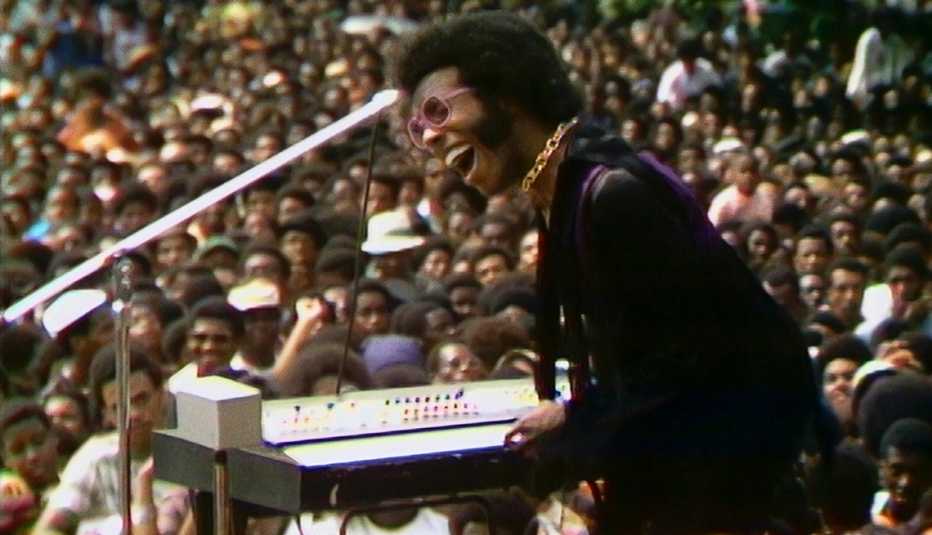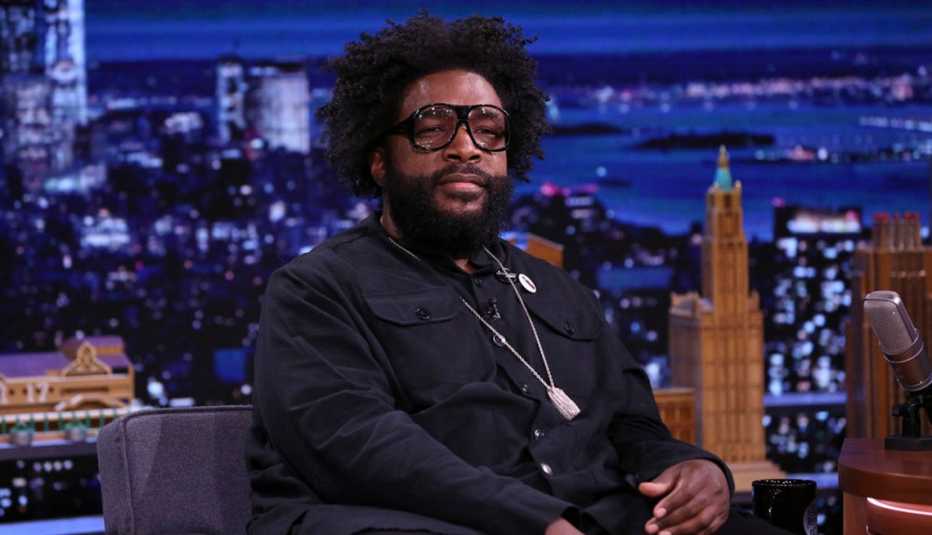Staying Fit


Everyone knows about Woodstock, but that three-day jam session in upstate New York wasn't the only once-in-a-generation live music event of the summer of 1969. A new documentary, Summer of Soul (... Or, When the Revolution Could Not Be Televised), by first-time director and hip-hop musician Ahmir “Questlove” Thompson, 50, is pulling back the curtain on the widely forgotten Harlem Cultural Festival. Here's everything you need to know about the event — plus a joy-inducing playlist of songs that were played at the festival.
What was the Harlem Cultural Festival?
Also called Black Woodstock, this concert series took place in summer 1969 and was organized to celebrate African-American culture and promote Black pride. Even though some of the most famous musicians of the day performed, the festival has been all but ignored over the years and remained unknown even to some of the most in-the-know contemporary Black musicians of today.


AARP Membership— $12 for your first year when you sign up for Automatic Renewal
Get instant access to members-only products and hundreds of discounts, a free second membership, and a subscription to AARP the Magazine.
Where and when did it take place?
In terms of cultural impact, the “Woodstock” comparison is apt, but the performances were totally different beasts. While the real Woodstock was a compact three-day event out in the country, the Harlem Cultural Festival was all about bringing music to the people. These free concerts took place every Sunday afternoon from June 29 to August 24, 1969, in what was then called Mount Morris Park and is now Marcus Garvey Park. While similar events had happened in 1967 and 1968, the festival really hit its stride in its third year, attracting some 300,000 concertgoers over the course of the summer.
Who was on the bill?
The Harlem Cultural Festival represented a true cross section of major African-American musical genres from America and around the world, including the blues (B.B. King), jazz (Abbey Lincoln, Max Roach), gospel (Mahalia Jackson, the Staple Singers), R&B (Gladys Knight & the Pips, Stevie Wonder), “Champagne soul” (the 5th Dimension), funk (Sly & the Family Stone), soul (David Ruffin of the Temptations), and the uncategorizable artistry of songstress Nina Simone. Rounding out the lineup were speeches from the Rev. Jesse Jackson (79), comedy from Moms Mabley and Pigmeat Markham, dance performances, and even a Miss Harlem Pageant on the closing weekend.
DON'T MISS THIS: 17 Essential Films About the Black Experience
How come I haven't heard about the festival?
Hal Tulchin, who had been a television director and producer since the 1950s, recorded about 40 hours of concert footage on five videotape cameras. While New York's local WNEW station aired some of the clips throughout that summer, Tulchin had higher hopes for the project — especially following the cultural groundswell that emerged out of Woodstock. He pitched his “Black Woodstock” film to ABC, CBS and NBC, and they all rejected the idea. Frustrated, Tulchin ended up storing the tapes in his basement, with only brief moments from the Nina Simone set showing up in a 2005 CD-DVD and a 2015 documentary. “It was a peanuts operation, because nobody really cared about Black shows,” Tulchin told Smithsonian.com in 2007. “But I knew it was going to be like real estate, and sooner or later, someone would have interest in it."
How did the footage come to light?
Years after the tapes were relegated to Tulchin's basement, producer Robert Fyvolent bought the rights from him, and his team later approached Thompson about directing. At first, Thompson was shocked that he hadn't heard about the festival before. “I'm like, ‘Wait a minute,” he said in a post-screening Zoom Q&A. “I know everything that happened in music history. ... You're going to tell me that this gathering happened and no one knew about it?’ And sure enough, that was the case. Once they showed me rough footage, I just sat there with my jaw dropped, like, ‘How has this been forgotten?’ “


What should I know about the documentary and its director?
You might recognize Ahmir “Questlove” Thompson as the drummer and frontman of the hip-hop band the Roots, which has been the house band for The Tonight Show Starring Jimmy Fallon since 2014. This film, his directorial debut, premiered this January at the Sundance Film Festival, where it picked up both the Audience Award and the U.S. Grand Jury Prize.



































































More From AARP
Turn Up the Volume! The 12 Best Concert Movies to Stream Right Now
Relive the magic with Aretha and Prince, the Rolling Stones and Talking HeadsAARP Presents 'Smokey Wrote That'
Motown legend and prolific songwriter Smokey Robinson tells the stories behind timeless hits12 Terrific Music Festivals to Hit (in Person!) This Year
Feeling vaccinated and ready to rock? Have we got a lineup for you